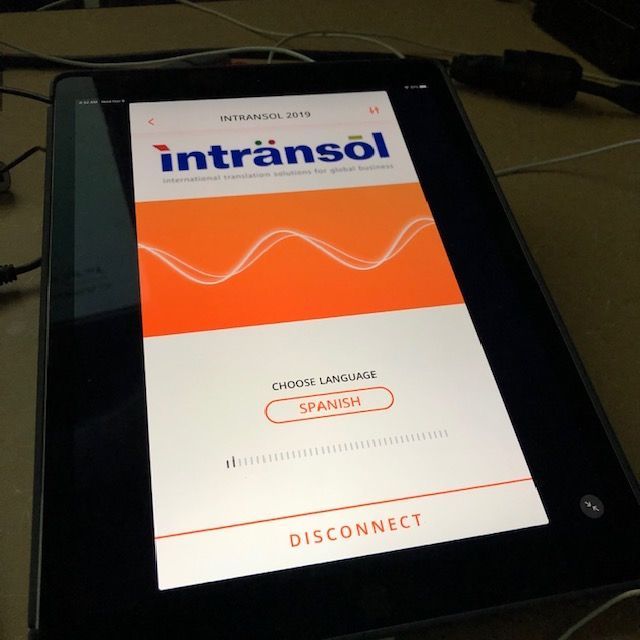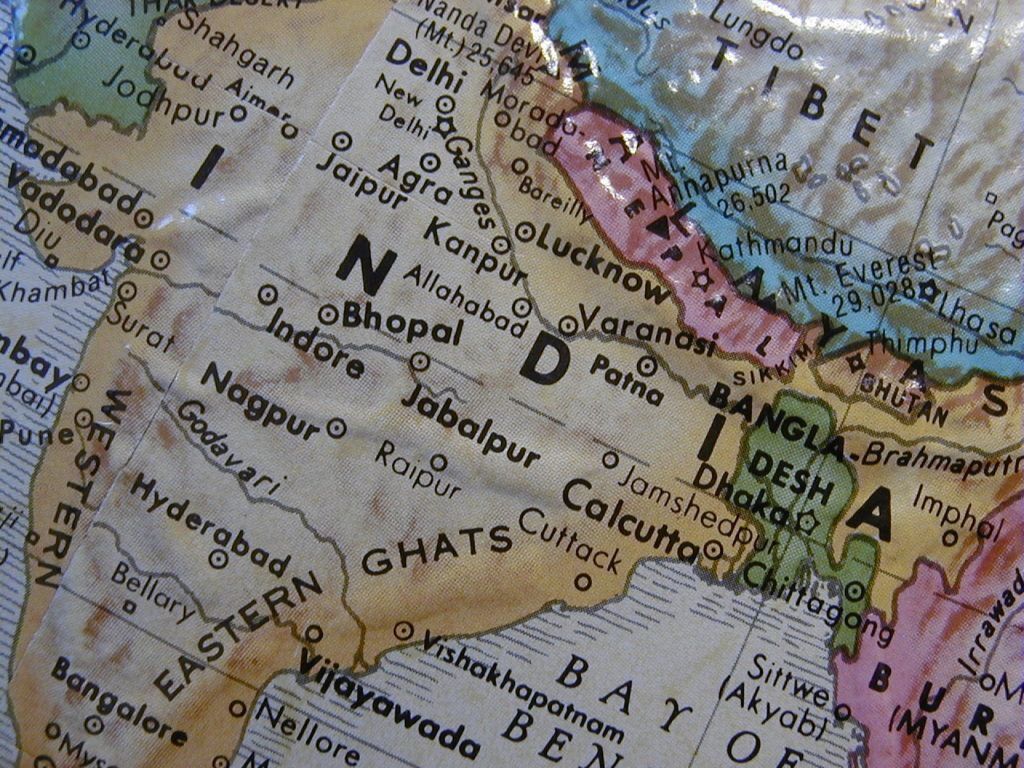Good Morning, Vietnam!
Good Morning, Vietnam!
By Jason Wood
CEO & Managing Director
Way back in February 4, 1994, the then 19-year old American economic embargo against Vietnam was repealed. Finally, Vietnam, one of the last unexplored markets, could be discovered by many different American businesses. Among the “hot” industries at that time were dams, irrigation systems, roads, power plants, telecommunications, hotels, tourism, soft drinks and much more. Levi Richardson, former manager of Vietnam affairs for the U.S.-ASEAN Council for Business and Technology, indicated that “the U.S.-ASEAN Council, which includes many of the Fortune 500 companies that do business in Southeast Asia, has conducted the only systemic survey of Vietnam’s business opportunities; it expected roughly $2.6 billion worth of trade and investment to flow within two years (1995-1997) and $8.2 billion within five”. At least 34 U.S. firms set up in-country offices – Pepsi-Cola being one of the first. Fast forward to 2018 and Vietnam’s economy is booming.
Besides the lifting of the embargo, “doi moi” or “new thinking”, the process of reforming Vietnam’s economy from a state ownership system to privatization, greatly aroused the interest of not only American politicians but also of American business interests. Also, Vietnam offers great economic potential – a well-educated population which is highly disciplined and motivated, a wealth of natural resources including offshore deposits of oil and natural gas, timber, foodstuffs – namely rice, and a market of nearly 71 million consumers.
The introduction of liberal foreign investment laws by its government completes its favorable business outlook. Enterprises can be fully foreign-owned, investors have the right to repatriate their profits and foreign companies can appoint foreign managers.
All enthusiasm aside, however, competition is intense between American investors and traders and their European and Asian counterparts who were not restrained by the American embargo. They have already invested more than $6 billion with Taiwan being the largest investor, followed by Hong Kong, Australia, France and Japan. American marketing executives are anxious to also become active in Vietnam’s growth potential. Another obstacle is the lack of normal banking procedures which need to be established according to international protocol. Until that is completed, investors will not be completely confident in Vietnam’s economy. Short-terms frustrations are bound to ensue but long-term prospects are worth the wait as growth will be phenomenal.
Ethnically speaking, 87 percent of Vietnam’s population are “Kinh,” also the word which defines its’ language. There are also approximately 52 other ethnic groups which mostly occupy the mountainous areas. Most of these groups have their own language and cultural practices.
After gaining independence from the Chinese in the 11th century, Vietnam retained Chinese writing for formal and official documents until the 20th century. Now, Kinh, or Vietnamese, is used throughout Vietnam. It is not related to Chinese but rather belongs to the Austria-Asiatic language family. The “national script” is Roman, thanks to Catholic missionaries and their transcription of the native language, and it serves as the official orthography.
The post Good Morning, Vietnam! appeared first on intransol .
















































